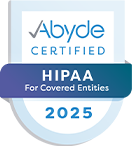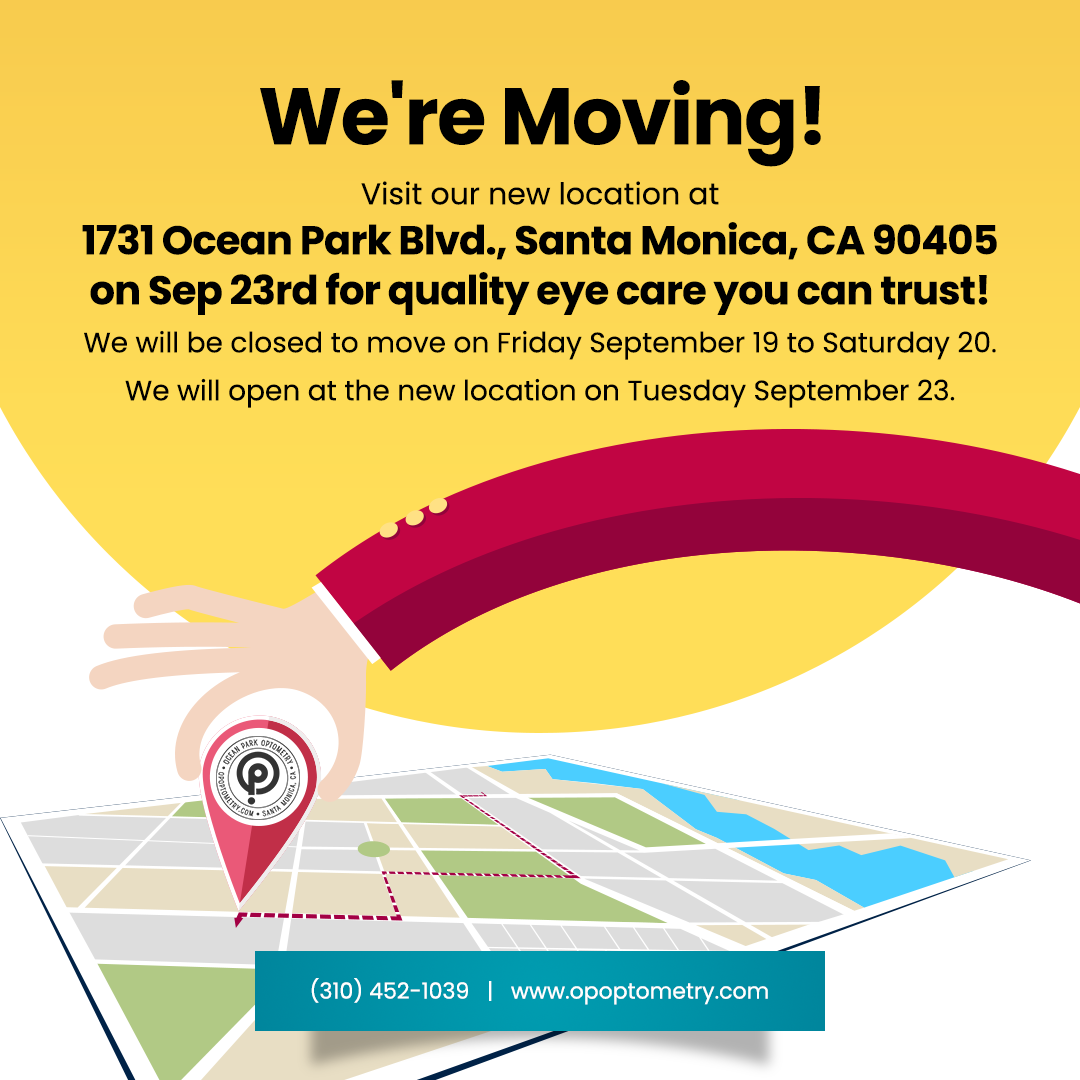Presbyopia Means Seeing the World in a Different Way
When some of life's special events, such as birthdays appear on the calendar, it can mean different things to different people. To baby-boomers it usually means some things may be changing, including our ability to read the fine print. Presbyopia is the inability to focus on objects near the eye. One usually notices that it is harder to read or use the computer.
Presbyopia is a natural consequence of the aging process. There is no cure, though researchers are constantly looking for one. Even if a person has never had vision problems before, he or she can still develop presbyopia. While symptoms can present suddenly, presbyopia usually occurs over a long period of time. Symptoms include having to hold things at arm's length to see them clearly, eyestrain, fatigue, and headaches from near work.
Fortunately, Visionworks Optometry has many options available to eliminate the difficulties associated with presbyopia, such as Glasses & Contact Lenses
Glasses for Presbyopia
Progressive Addition Multifocal Lenses
Computer Glasses
Reading Glasses
Lined Bifocals
Lined Trifocals
Coming in the future: Adjustable focus lenses
Progressive Addition Lenses - for many presbyopes, bifocal lenses are a necessity. But it can be difficult to adjust to the harsh line that is found in bifocal lenses. Fortunately, there are no-line lenses, which are called progressive lenses. No more lines! Just a gradual change in focusing power, which allows you to comfortably focus on any distance. Just like bifocals, distant objects are viewed through the top portion of the lenses, and near objects are viewed through the bottom portion of the lenses.
Computer Glasses - To reduce eyestrain and fatigue, we carry specialized computer lenses. Thee lenses are perfect for computer users who spend the majority of their day working on a computer. And since three out of four computer users will suffer from Computer Vision Syndrome, computer lenses are a great way to keep your eyesight healthy.
Reading Glasses - One of the first areas of your life where presbyopia becomes prominent is in your ability to read. We carry a broad line of reading glasses to help you read without holding the page at arm's length. There are a variety of styles available, with sleek designs that allow you to carry them anywhere.
Lined Bifocals - To allow you to see two distinct images, one at far and one at near, the lined bifocal is bound to suit your needs. The upper portion of the lens will see beyond arm's length and has a large window or field of view for clear vision from side to side. The reading portion is a small half-moon portion under a line in the lower hemisphere of the lens that allows you to focus at a distance of 12 to 16". With this design of the lens, there is what is known as an image jump as your eye travels from the upper portion of the lens to the magnification of the lower portion of the lens. This lens also does not have a power suited for the arm's length distance.
Lined Trifocals - Much like the lined bifocal lens, this lens has a portion that allows for the arms-length distance. There is a portion of the lens that lies between the upper and lower lens that is called the ribbon segment. This segment comes in a variety of widths for different uses, so ask your optician if one of these will work for you. The drawback to this lens is that it not only has one line for image jumps, but it also has two.
Contact Lenses for Presbyopia
How to avoid those telltale signs of aging-bifocals or reading glasses? There are currently three types of contact lenses for correcting the close-up blurred vision.
Bifocal Contact Lenses
Monovision
Contact Lenses for distance vision with reading glasses for close work.
Bifocal Contact Lenses
One of two types of bifocal contacts may be most suited for you.
Simultaneous Vision
With simultaneous vision bifocals, you look through both the reading and distance portions of the lenses at the same time. This means that whenever you look at an object, you see two images. One will be clear (from the portion of the lens most matched to the distance you are observing). The other will be blurred (from the other portion of the lens). Your brain will learn to ignore the blurred image to see the other image clearly.
Translating Bifocals
Translating bifocals are similar in concept to bifocal eyeglass lenses. They have a thicker lower edge, which, when you look down to read, rests on the lower lid. As the eye turns downward to read, it looks through the reading portion in the lower part of the lens.
If you wear bifocal contact lenses, they will normally perform optimally in bright conditions. Because bifocal lenses divide the light into two images, each of which will use about half of the available light, you may find that, in dimly lit conditions, it is more difficult with bifocals. Driving at night may present more challenge as well.
Monovision
Monovision is an option where one eye is fit with a lens for seeing distance and the other is fit for viewing at near. After a period of time, the brain switches to the eye that is giving the clearest image at that moment.
While many people successfully use monovision, others find adapting difficult. Mildly blurred vision, dizziness, headaches, and a feeling of slight imbalance may last for a few minutes or for several days. Approximately two-thirds of patients eventually adapt to a monovision correction.
Adjusting to demanding conditions:
If you are new to monovision you may benefit from avoiding visually demanding situations at first, and instead to wear their new lenses only in familiar situations. For example, it may be better to be a passenger, rather than a driver in a car.
Coping in special situations:
Some people are uncomfortable in situations with low lightings, such as night driving. If this is a concern, ask about prescribing an additional lens to correct both eyes for distance for those times when sharp distance vision is needed. An alternative is a pair of glasses with additional power in the reading eye so that the combined power of your contacts and the spectacles match the distance prescription.
If you require very sharp near vision, you might want to ask about an additional lens to correct both eyes for close work. Or, to occasionally have the clearest vision for the difficult tasks, you may want to request supplemental glasses to wear over your monovision correction contacts, converting the distance eye to a reading prescription. Contacts for distance, reading glasses for near.
The final option for correcting presbyopia is to wear contact lenses for distance, then slip reading glasses over them for near work. Still allows for some freedom in limited activities.













